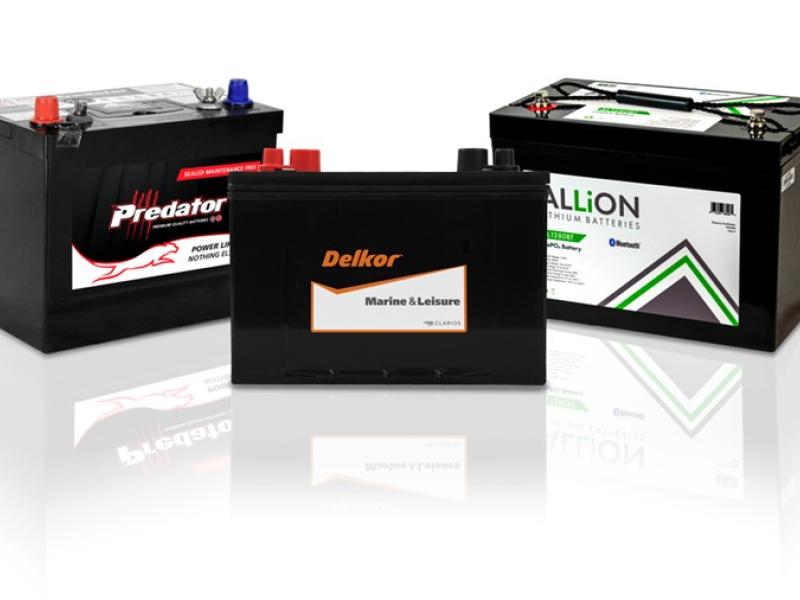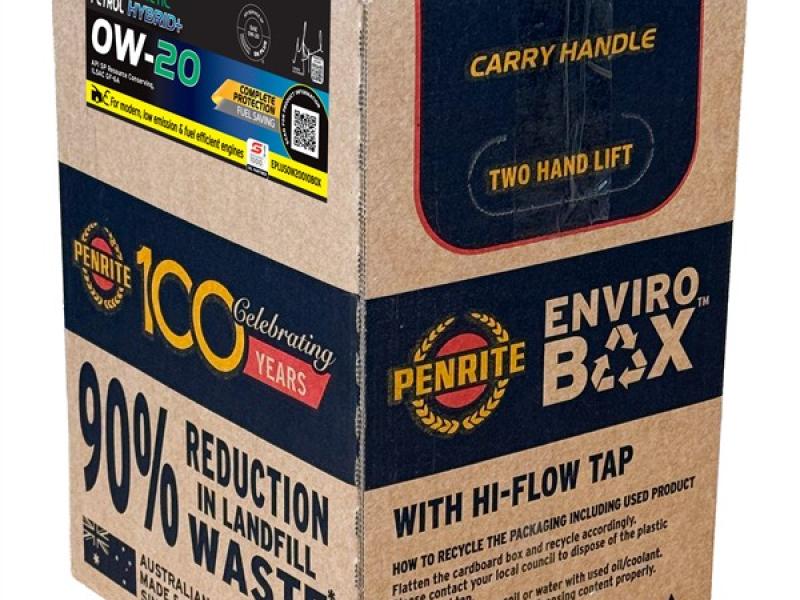Many years ago, a speed shop owner asked this of a client and the client said “as fast as possible” – in response the owner put his hand out and made cash motions.
It is generally a hard truth that the more performance you want, the more it is going to cost. Not just in the folding stuff, but also in fuel consumption and wear and tear on the engine and other vehicle components. For this reason, performance increases should be looked at in a more holistic way, with upgrades to transmission, brakes and suspension matched with performance increases. The upgrade thresholds before you need low volume certification help define some of these limits.
So, focusing on the engine, how do you make the car go faster (or for road use get to a given speed faster).
It’s a pretty simple formula, more air, better fuel mix, better ignition of the fuel mix, higher engine speed and reduced losses (thermal, friction and pumping) all give more power. Whilst the formula is simple, the application becomes much more difficult. What is the best order to proceed (usually based on budget), what changes really need to be in a package, which items can be done before other modifications are required and the list goes on?
Airflow
The old-school answer is fit a bigger engine, and that can still work today, but adding forced induction by supercharger or turbo is probably now the go to method. We should not though forget that the old school techniques still have a place today. Start at the entry point and look for a low resistance air filter, better routing for the air intake to get some ram effect or cooler (and denser air) and reduced restriction in the intake plumbing all increase airflow. Cylinder head porting, larger (or more) valves and higher lift or longer duration camshafts still have a role to play here. Once the air is in the engine it must get out so similar changes to the camshaft and head ports on the exhaust side and better flowing exhaust systems are needed. If using forced induction getting the right sizing of charger for response vs power trade-offs is important – OEM’s now fit up to three chargers to try and optimise settings across engine speeds. An air intercooler between the turbo and engine gives strong gains on air density and a reduction in thermal loads.
Fuel mix
The intake and exhaust porting and combustion chamber design have a big part to play here but the first port of call for tuning is the ECU which controls the fuel (and turbo if fitted) and allows optimising the mix at different speeds. These can be a pre-programmed aftermarket unit (to either replace or bypass the original chip) or a totally tuneable unit that is set up specifically to the vehicle on a dyno.
Ignition
More power (well more volts and amps) through better coils, leads and other components and the timing (ECU) are the keys here – plus the best spark plugs you can get for the application.
Engine speed
The higher the speed the higher the power – but unless you want to risk failure anything above a modest increase involves internal modifications and better components, so usually only an option for the real racers rather than boy racers.
Reduced losses
Internal friction can be reduced with oil selection or changes in internal components whilst pumping losses can be achieved through some of the airflow changes mentioned above – especially in the exhaust area to reduce back pressure, camshaft and head port design play a part.
After the engine
With a manual transmission an upgraded clutch will be high on the list to cope with the power and likely driving style. Axles and CV’s are another potential problem area. Automatic gearboxes can be upgraded significantly and a brake pad upgrade and possibly rotor type or size upgrade would be high on the list. The sky and the client’s bank balance are the only limiting factors!






